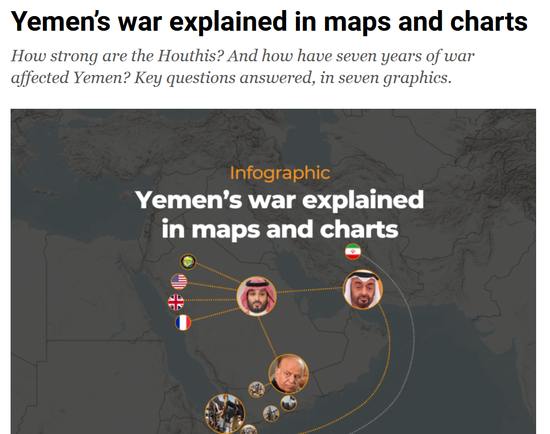
Rare Photographs From Wartime Archives
143 pages. Acknowledgments, introduction, four appendices. 13 pages in color.
This is my first chance to review any of the Images of War series of books. The books in this series are collections of historical pictures, mostly in black and white, usually with a small paragraph-size caption for each photo. There's an introduction, then the pictures are divided by chapter, and then there is often one or more appendices.
Now to the specifics of this volume. In 1941, the U.S. Army realized that having a halftrack pull a towed 75mm gun was not the optimal solution for providing artillery for its mechanized forces. Therefore, a self-propelled 105mm artillery unit was developed, based on the M3 tank hull, which eventually became the M7 105mm Howitzer Motor Carriage. British troops gave it the nickname 'Priest' because they thought its anti-aircraft machinegun mount looked like a church pulpit. The M7 went on to serve in WWII and Korea.
A four-page introduction covers the development of the M7, lists its variants, and mentions where it served.
The first chapter, Baldwin Locomotive Works T32, provides 29 photos of prototype and development vehicles, including interior details.
The second chapter, American Locomotive Works M7, provides 15 pictures of the M7 produced there. Chapter three, Federal Machine and Welder M7, provides two pictures of the M7 manufactured there, with their unique braced fenders. Chapter four, Pressed Steel Car Company M7B1, provides six pictures of the M7 variant with the Ford V-8 engine (and redesigned back end), longer hull, and in some cases rounded fenders and sand shields. The fifth chapter, Howitzer Motor Carriage M7B2, provides four pictures of this variant, which improved the gun's maximum elevation and had a taller MG 'pulpit'.
The sixth chapter, Field Use, provides 153 pictures of the M7 in service in North Africa, Europe and the Pacific during WWII, and in the Korean War. This includes 27 color photos of early-war M7s in training exercises, an M7 in a post-war training exercise, and M7s in modern collections.
Four brief appendices list which companies produced the vehicle and in what numbers, general data for the M7 and M7B1, gun specifications, and a generic unit organization table.
Gamers may be tempted to collect or convert models to cover the many variations in the M7 over its short lifetime: the short, medium or tall pulpit, with or without overhang; different headlight positions; different suspensions, fenders, engine decks, bogie wheels, and transmission housings; different heights of side armor, with or without folding panel; the tracks could be plain or with chevrons, narrow or extended. And that doesn't consider the field modifications that added bins, racks and storage cases to the front, side or rear, plus the equipment that might be festooned about the vehicle.
U.S.-operated M7s are shown with a variety of markings, stars and star-in-circle and star-in-spoked-circle, on the front or side or rear, along with vehicle identification markings and nicknames.
Portraying an open-topped vehicle on the tabletop can be problematic, as interiors can be complex to model, and crew figures may be desired. However, some pictures show the M7 operating with the tarp erected over the crew compartment, which could be a useful alternative for gamers (and manufacturers).
Those interested in basing or dioramas might be inspired by photos showing piles of ammunition or discarded packing tubes.
It was interesting to see M7s positioned on slopes or prepared positions in order to get extra elevation out of the gun. This was needed to fire at closer targets or to clear nearby elevations (i.e., steep-sided Korean valleys).
While this book does not tell you which M7 variant served in which theaters, you can glean a lot of information from the captions. (I was surprised to see early-model M7s in the Pacific, rather than late-war models.)
Recommended for those interested in collecting, converting, or individualizing their M7 models.
Reviewed by ![]() Editor in Chief Bill
Editor in Chief Bill ![]()
![]() .
.









